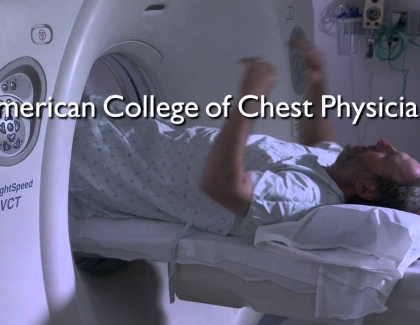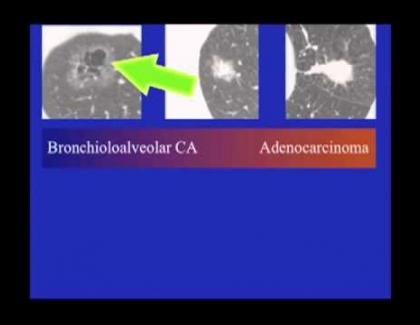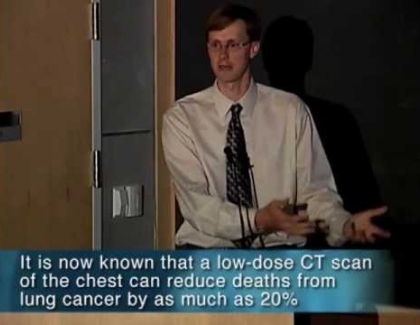What does staging tell us?
Embedded video for What does staging tell us?
The later the stage, the worst the prognosis is. A very small percentage survive 5 years if diagnosed with stage 4 disease. Patients in stage 1 have a much higher rate of survival. T is the tumor itself and it depends on the size and how much it invaded other structures. N are lymph nodes that can spread in the chest and M is outside the chest, which is the worst. The bigger the tumor, the more aggressive or greater the stage. The more nodes it has spread to, the higher the stage. If it is outside the chest, it will spread which is four, is the worst stage. Doctors can catch them through CT screening in early stage 1 and 2, before it gets big and lots of nodes and before it metastasizes. If we can catch these patients in early stage, doctors can help increase their odds of survival.





